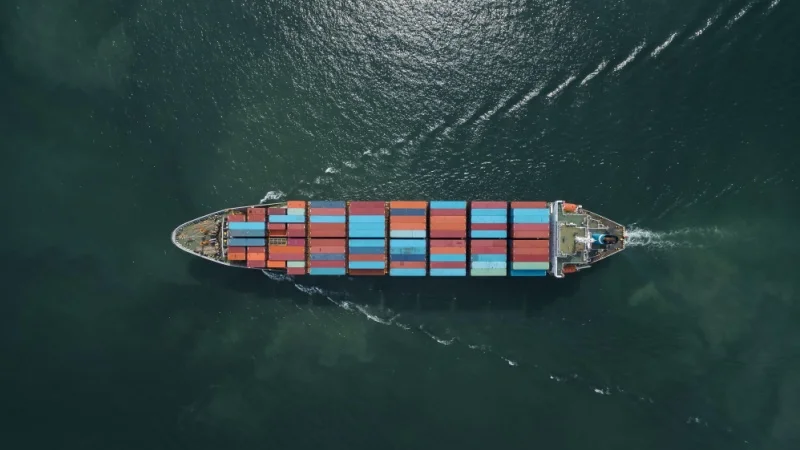When it comes to shipping, breakbulk cargo plays a vital role. It refers to goods that must be loaded individually, not in containers. This method is crucial for transporting large or heavy items that do not fit standard shipping containers. Let’s understand the importance of breakbulk cargo and how it fits into the world of logistics.
What is Breakbulk Cargo Shipping?
Break bulk cargo includes huge items like machinery, vehicles, or large equipment. Unlike containerized cargo, these items require special handling. They can’t simply be placed in a container and shipped. This shipping method is known as Breakbulk container shipping and has been around for centuries.
Characteristics of Breakbulk Cargo
- Varied Sizes and Shapes: Items can range from oversized machinery to large construction materials. Each piece of the cargo is unique in size and weight.
- Individual Loading: Each item is loaded separately with the help of cranes or specialized equipment to keep them in place.
- Handling Requirements: Special procedures are needed for loading, unloading, and securing breakbulk items during transport.
Why Choose Break Bulk Cargo Shipping?
Many industries rely on breakbulk shipping for their larger shipping needs. Here are a few reasons to choose this method:
- Capacity for Large Items: Traditional containers can’t contain oversized or heavy equipment.
- Flexibility: Companies can transport a variety of items in one shipment.
- Cost-Effectiveness: For some cargo types, breakbulk can be more economical than using multiple smaller containers.
Breakbulk Cargo Handling Procedure
Handling break bulk cargo involves specific steps to ensure safety and efficiency. Here’s the complete process from beginning to the end:
- Preparation: Before shipping, proper documentation is necessary which includes understanding customs regulations of the destination.
- Loading: Skilled operators use cranes or forklifts. The goal is to secure each piece safely on the vessel.
- Transporting: Items travel via a break bulk vessel or container, specially designed for heavy loads.
- Unloading: Once at the destination, items are carefully unloaded. To prevent any damage, cargo is unloaded in the same way as they were loaded.
- Delivery: Finally, the work of container transport to its destination in its last step. This may involve additional handling.
Types of Breakbulk Carriers
Different types of vessels are designed for carrying heavy cargo during the process of breakbulk freight. Here are the main categories of the Break bulk carrier:
- General Cargo Ships: These vessels can carry a variety of goods, including breakbulk items.
- Heavy Lift Ships AKA Lift on/lift off (LoLo) Vessels: Designed specifically for oversized cargo, they have cranes built into the ship that can lift very heavy loads.
- Roll-on/Roll-off (Ro-Ro) Ships: Ideal for vehicles and wheeled cargo, these ships allow items to be driven on and off.
- Geared Vessels: Geared vessels have cranes and other cargo handling equipment on the deck so they can stop at any port.
- Gearless Vessels: They do not have any such equipment and thus can only dock at terminals with the necessary cargo handling equipment like cranes.
Breakbulk in Logistics
Break bulk in logistics is about managing the movement of these items efficiently. Logistics companies must plan each step carefully, especially while providing international sea freight services. This includes route planning, scheduling, and coordination with various stakeholders.
The Role of Sea Freight Container Sizes
While breakbulk cargo doesn’t use standard containers, knowing how these sea freight container sizes compare can help in logistics planning. For instance, if you need to mix breakbulk with containerized cargo, you must consider the size differences.
Challenges of Breakbulk Shipping
- Complexity: The loading and unloading processes require skilled labor and precise timing.
- Potential Damage: With heavy and oversized items, the risk of damage is higher.
- Customs Clearance: Each country has its own regulations, making documentation crucial.
Breakbulk cargo is an essential part of global trade. It allows for the transportation of oversized and heavy items that traditional shipping methods can’t accommodate. Knowing the handling procedures, types of vessels, and the benefits of companies like Travelite can simplify the shipping process. With proper planning and the right partner, moving breakbulk cargo can be a smooth and efficient operation.










